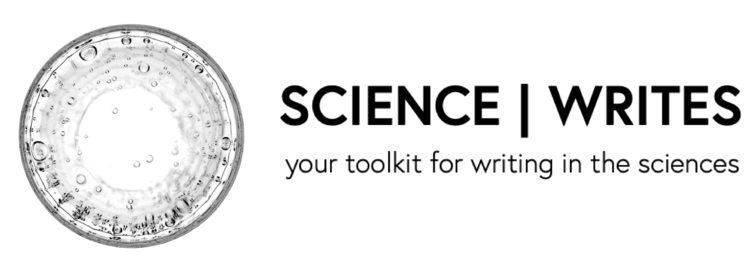USE SIMPLE & ACCURATE LANGUAGE
DO
Use simpler words unless they lack precision. [2]
- For example, “use” instead of “utilize,” “support” instead of “substantiate,” “agree” instead of “in accordance with,” etc.
Understand the difference between “between” and “among.”
Use “between” for two things.
Use “among” for three or more things.
Understand the difference between “fewer” and “less.”
Use the word “fewer” when you are describing a discrete quantity.
There are fewer participants in Study 1 than Study 2.Use the word “less” when you are describing a continuous quantity.
There is less water in solution A than solution B.
DON'T
Don’t use “who” and “whom” to refer to animals; use those terms only for people.
Don’t use “though” as the informal short form of “although.” [2]
USE DIRECT STATEMENTS & AVOID AMBIGUITY
DO
Use the active voice whenever possible. [6]
NO: “It was observed that the solution turned red.”
YES: “The solution turned red.”
YES: “We observed that the solution turned red.”
- NO: The force is counteracted by gravity.
- YES: Gravity acts to counteract the force.
Think carefully about where you place the word “only” in a sentence. "Only" should be placed as close as possible to the word or phrase that it modifies.
For example: “I only study at the library” means you do not do anything other than study at the library (“only” modifies “study”). “I study only at the library” means you do not study anywhere else (“only” modifies “at the library”).
Compare the two statements below:
“This asymmetry could mean that only one active site has optimal contacts to the ATP×Mg2+ …”
“This asymmetry could only mean that one active site has optimal contacts to the ATP×Mg2+ …”In the first example, which is from Procko et al. (2006), the authors explain that the asymmetry might mean that there is just one rather than many active sites with optimal contacts. In the second example, which is not actually in the article, the authors would appear to be expressing with great confidence that there is just one explanation for what the asymmetry means.
DON'T
Don’t use the word “this” without a noun following it, because the referent must always be clear. [6]
- NO: “This leads us to conclude”
- YES: “This observation leads us to conclude”
Don’t leave comparisons incomplete. [6]
- NO: “The yield was higher using bromine.”
- YES: “The yield was higher using bromine than chlorine.”
Don't use the word “very,” because “very” is not quantifiable. [5]
Don't use the word "attempts,” because it makes it sound like you are uncertain about what you are doing. [5]
- In research papers, you do things. “You might be more or less successful at doing those things, but don't weasel-word it.”
SOURCES:
Carson, S. H., Fama, J., Clancy, K, Ebert, J., & Tierney, A. (2012). Writing for psychology: A guide for psychology concentrators. Harvard University.
Gaudet, R. (n.d.). General writing advice [Course handout]. Harvard University.
Hoffman, J. E. (2019). How to write a paper and format it using LaTex [Course handout]. Harvard University.
Morris, J., Jehn, T, Vaughan, C., Pantages, E., Torello, T., Bucheli, M., Lohman, D., Lue, R. (2007). A student’s guide to writing in the life sciences (2nd ed.). Harvard University.
Seltzer, M. (n.d.). 101 (or thereabouts) of Margo's pet peeves in the writing of research papers. http://www.eecs.harvard.edu/margo/writing.html
Whitesides, G. M. (2004). Whitesides’ group. Writing a Paper. Advanced Materials, 16(15), 1375-1377.
